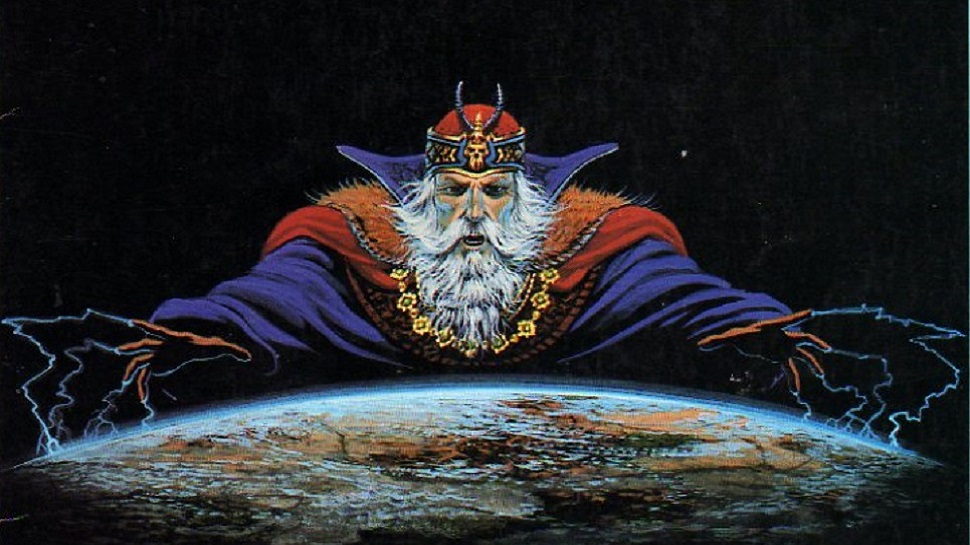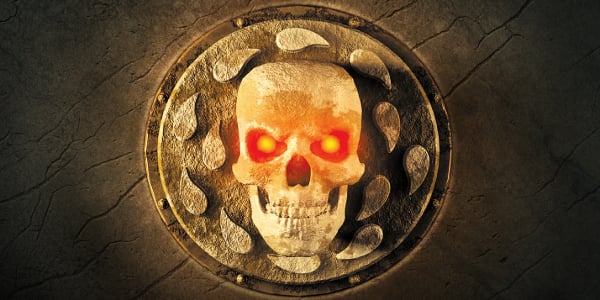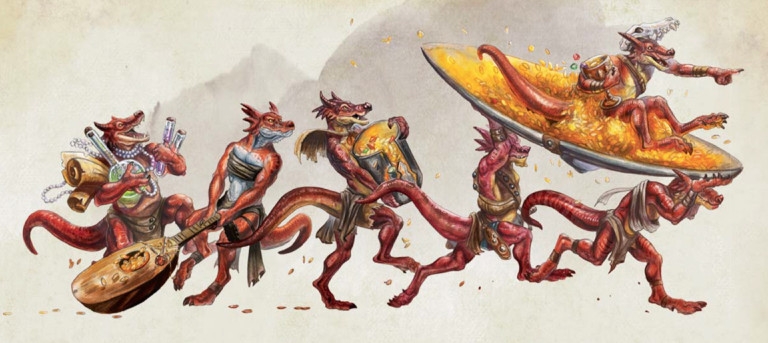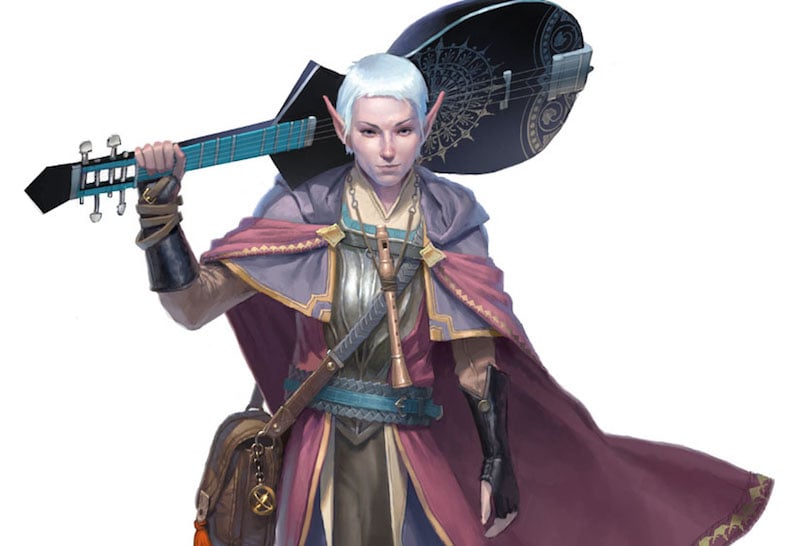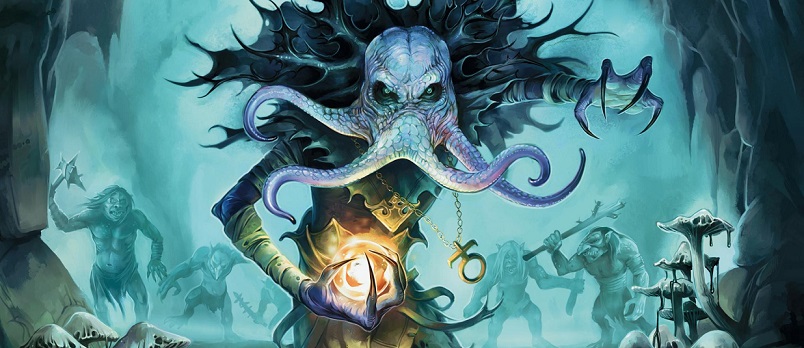RPG: Prologues, Interludes, and Cutscenes
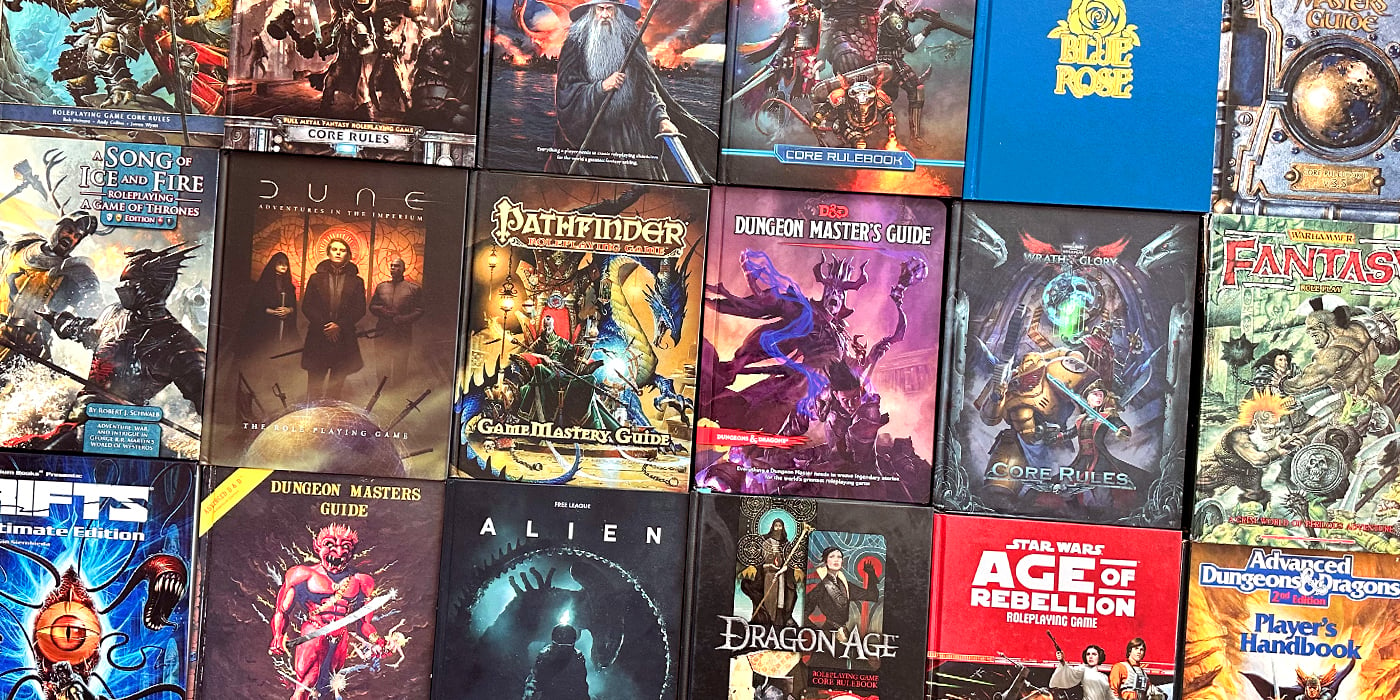

Cutscenes and vignettes are an invaluable storytelling tool. Here’s how to use them at your table…
Let’s talk cutscenes. Load up any video game and you’ll find them–little nuggets of story that are your reward for making it past the fire temple at long last (in addition to the feeling that the last four hours of your life have suddenly been validated). They are a storytelling tool that gets employed to great effect in that medium. Cutscenes advance the story, whether directly or just as an exposition dump, often introduce character interaction, and if they’re done well, encourage you to keep playing so you can unlock the next one.
They can be a fantastic addition to your tabletop campaign as well. After all, you’re still telling a story, and these scenes can fulfill the same function, giving you opportunities to showcase a little of your world, but with the added benefit that you can make them fully interactive. Unlike some games where it takes you longer to watch one cutscene than it does to play enough of the game to unlock the next (looking at you, Metal Gear Solid 2).
Now you might be wondering, wouldn’t a cutscene in a game just be a roleplaying scene? And you’d be right–but cutscenes in video games usually take the action out of the player’s hands. In an RPG you should do that sparingly at best–maybe you describe the dragon waking from its long slumber, or the ancient portal that groans and crackles with mystic energy–but there’s another way we can mine this principle for our own ends.
Good artists borrow, great artists steal, and kobolds take everything that isn’t nailed down.
Take the action away from the character, not the player. Let’s go on a brief walk here–cutscenes take their cues from stories in general, and in particular they are closely related to the interlude. For our purposes this is a moment in a story where the focus is not on the main character(s), but rather on something else in the world. If you’ve read Game of Thrones–it’s those moments when the story leaves behind the main characters to follow a random guy eating at a feast and then going and getting killed.
Admittedly that happens with “main characters” too…
So think of cutscenes/interludes as little vignettes that happen in the world whenever the main characters are “off-stage,” if you will. But just because the main characters aren’t in focus, it doesn’t mean that nobody is in the spotlight. So one thing you can try is figure out what’s happening in the cutscene–and admittedly this is extra prep work on the DM’s part–and then create some characters that your players can pilot during the cutscene.
For instance, if you’re having tense negotiations between two rival kingdoms, and the players are meant to be watching along–instead of just shouting with yourself for ten minutes while the players wonder why you’re spending so much time talking about trade policies and the threat of war, roll up some diplomat types, come up with a few quick facts about them, and hand them off to your players with a stated goal. So for instance a sample entry might look like this:
Lord Yarrun (Diplomat)
STR DEX CON INT WIS CHA 12(+1) 10(+0) 15(+2) 15(+2) 10(+0) 14(+2) Skills Insight +2, Persuasion +4, Deception +4
Languages Common, DraconicAdvertisementAgenda
Stem the tide of War. Recent events have left your homeland feeling threatened–you wish to preserve the tenuous peace that exists, or at least ensure that if war comes, there’s time enough for your country to finish preparing for it. Your chief military advisor has informed you that you’ll need three months at least.
Condemn the Kingdom of Volanthia as Invaders. Volanthia has encroached on your territory–well, they’ve seized lands that they have a right to, but that have been in your kingdom’s possession since the last war. Be sure that the council knows these actions are the actions of an invading force.
Traits
Volume speaks Louder than Words. You believe he who speaks loudest speaks best.
Subscribe to our newsletter!Get Tabletop, RPG & Pop Culture news delivered directly to your inbox.By subscribing you agree to our Terms of Use and Privacy Policy.Words not Swords. You’ve seen what happens when swords get involved. You could live your whole life without seeing that again.
Even that is more elaborate than you need. Just jot down a few goals, personality traits, and quirks, and you’ve got some diplomats ready to argue over whatever.
But that’s just one way to use these. You can also use little interludes like this to set up the main story and to play with suspense and pacing a little bit. For instance, say you’re setting up a scenario where the characters are supposed to come on the survivors of a monster attack–you could just have them run into the NPCs and they can talk about what happened. Or, you could gen up a few lower-level characters (or better yet, tell your players “hey everyone bring a 3rd (or whatever) level character next week,” and get them to do that for you) and have them fight their way through the monster attack. This gives you the added benefit of not having to worry about combat/encounter balance. After all, this is an attack that not many people lived through–go ahead and don’t play fair.
And you can also use this opportunity to give the players a preview of what they’re in for. You can use that “preview” idea to also play with what the characters vs. the players know, and to play out the tension in your story. Take the classic “baron is controlled by a Mind Flayer” scenario. If you let the players take the reins of the baron (or maybe just his guards) as they’re overtaken by the Illithid, they’ll have a newfound appreciation for how strangely the Baron is behaving–even if they can’t, in character prove it.
Or better still–the Baron is acting sound, and is doing things that the people love. And the players know he’s been controlled by a Mind Flayer, but have to work against all the public-facing good he’s doing.
Anyway, these are just a few ways to play around with the storytelling tools of other media. I think things like pacing and tension can be a ton of fun to play with. Your mileage may vary, but give one of these setups a try and you might be pleasantly surprised at how much your players will enjoy getting to come up with “throwaway” characters who will, undoubtedly, enrich the world and become favorites before you know what’s happened. Sometimes we come up with the best stuff when we’re not worried about the end goal, you know?
Do you have a favorite in-game storytelling trick? Let us know in the comments…

